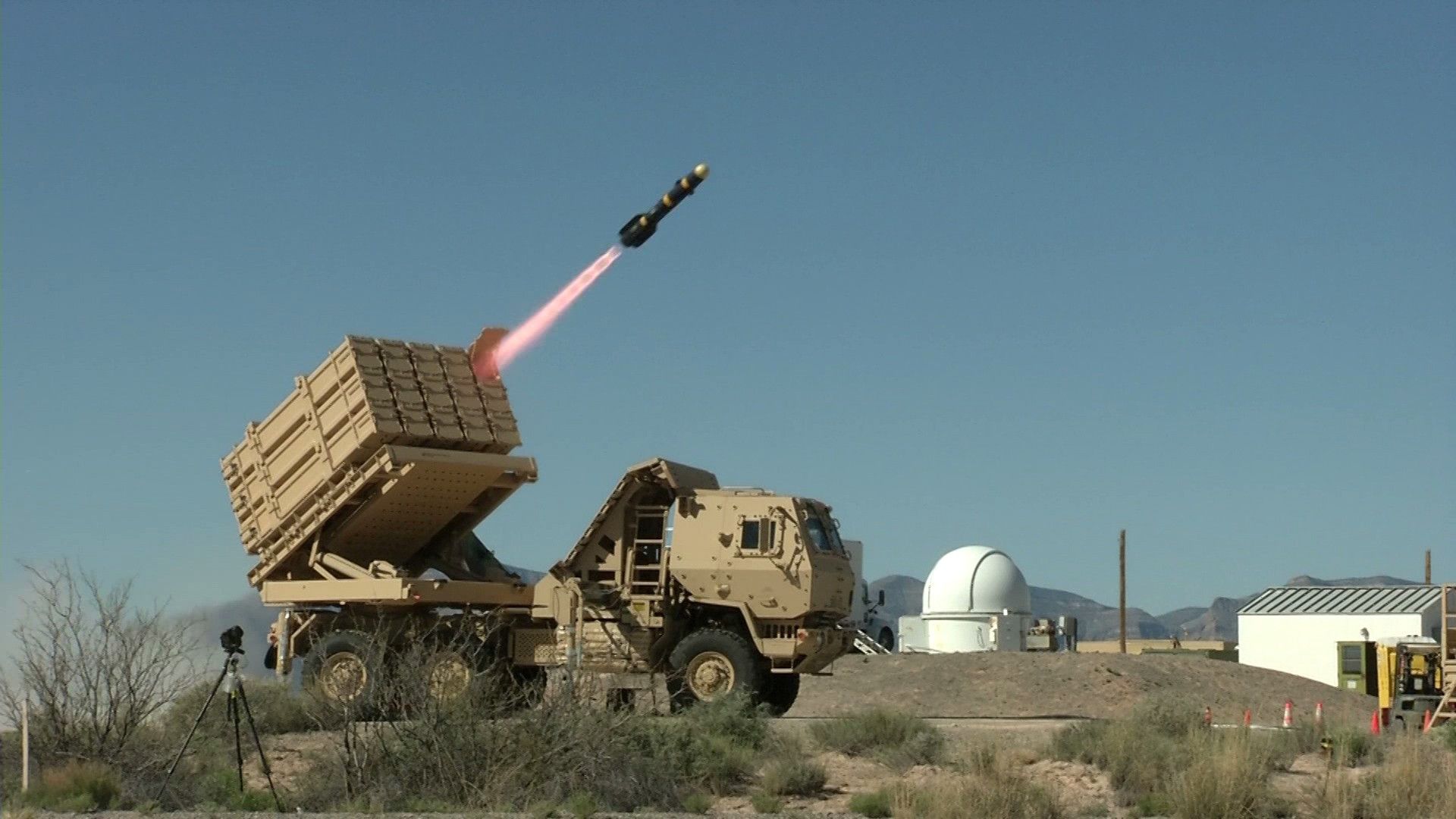

"For Ukraine specifically, they're going to have a supply management challenge, whereby they're going to have to be very smart in how they distribute these key munitions." Training a 'decisive factor'Īnother "decisive factor" in Ukraine's war-fighting competence has been training, Abrams said.Īfter Russia invaded Ukraine and annexed Crimea in 2014, military aid from the West has included helping Ukrainian soldiers improve their tactical fighting. "I suspect as the defense industry cranks up production, that there's going to be some supply chain problems," he said. There is not an unlimited supply of anti-tank and anti-aircraft missiles, Abrams said. "That's really what the advantage is of using these systems."Īmid pleas from Ukrainian President Volodymyr Zelenskyy for more weapons, one potential concern is supply.

With enough weapons, "a defender can keep a much larger enemy force that's mounted in their armored vehicles and trucks, and can keep them at bay because they can't ever get close enough to touch the defenders," he said. A lone defender could help keep the attacking enemy at bay up to 2 miles away, and aircraft about 6 miles away, he said, showing the power of their range and precision. military for over 30 years, are "very, very effective at what they're intended to do," Abrams said. The Javelin and Stinger, which have been used by the U.S. "The Ukrainian armed forces show a very, very positive learning curve, and so I'm optimistic about being able to force additional stalling on behalf of the Russians," he said. military commander in Europe, praised Ukraine’s military and their ability to stall Russian military operations throughout the country, especially through the weapons systems being provided by the U.S. During a Congressional hearing Tuesday, Gen.


 0 kommentar(er)
0 kommentar(er)
